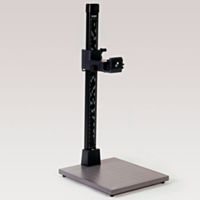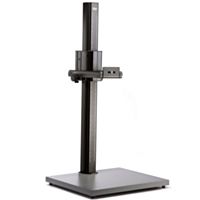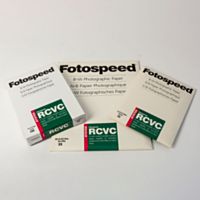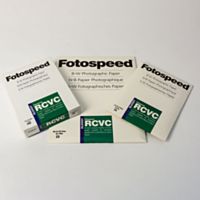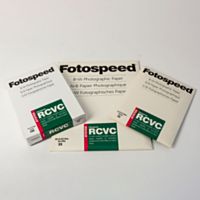The Landscape Photographers Calendar: what to shoot in September
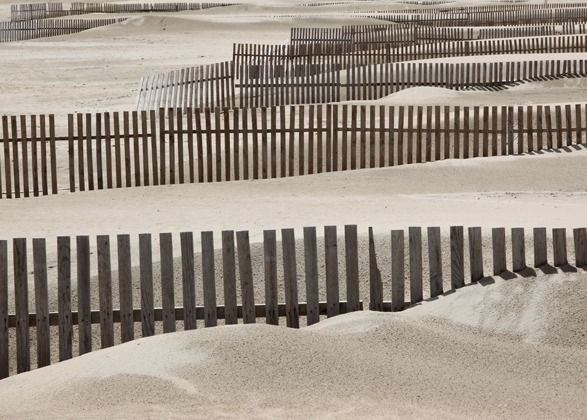
-->
Tony Worobiec is a Fellow of the Royal Photographic Society and one of our Fotospeed photographers. He has won awards for photography both in the UK and internationally, and has authored 16 books. In this blog post, adapted from his RPS workshop, "The Landscape Photographers Calendar", Tony tells you what to look out for in September. Tony uses Fotospeed’s Platinum Baryta and Platinum Matt.
You can find out more about Tony here.
Wow, what a summer, but with the arrival of September we now have the joys of autumn to look forward to. The immediate assumption is that we are likely to encounter golden leaves, but unless you are in very high altitudes, trees remain stubbornly green for most of the month. But don't despair, there are other fish to fry. It is possible that because of the extremely dry conditions we experienced this summer, some trees will change colour relatively early, although they will not match the colour saturation we are likely to experience later on. One other issue we should also be aware of is that the third week of September marks the autumnal equinox, which heralds the beginning of nights longer than days. For those of you who enjoy shooting pre-dawn or at dusk, the timing of your photography becomes considerably more convenient.

Harvested Fields
In September, most of the crops have been harvested which has the capacity to transform our fields into a medley of graphic wonderment. If you are able to capture this beauty before the farmer starts to plough his fields, you will be rewarded with some excellent opportunities for landscape photography. In previous blogs, I have made no secret of my preference for using long telephoto lenses, and this is yet another one of those situations where they can prove especially useful; somehow the words "graphic" and "long-lens" go hand in glove. Choose a location which reveals undulating land and ideally select a slightly higher vantage point. By excluding the sky, you are able to amplify the graphic qualities. It always helps to include a tree or small building in order to introduce a focal point. By way of contrast, if you encounter a particularly flat field, this is where a wide-angle lens can prove so useful; select an angle where the lines in the field appear to race towards the horizon.

Empty Beaches
In my previous two blogs, I suggested that the beach was a photographic "no-go" location, due to the many visitors you were likely to encounter, but the moment we slip into September all that changes. The kids have gone back to school and the tourists have largely disappeared. This is the time of the year when I most enjoy exploring the "empty beach”. First, the weather can prove amazingly benign so it is likely to be pleasantly warm and free of jostling winds. Second, as I explained in the introduction, the evenings are beginning to set in much earlier, so it's easier to capture a beautiful marine sunset. Obviously, to best exploit the visual qualities of an empty beach, get there when the tide is out; it is worth checking the tides prior to your visit.
Sand Dunes
Staying with the coast, one feature that is often ignored are sand dunes, and with fewer people around September is the perfect month to photograph them. The big curse when photographing them are the footprints left by others, so the ideal time to shoot is just after dawn. If you have had winds overnight, these will freshen up the sand. This is yet another situation where strong lighting is preferred as it helps to highlight the rolling nature of the dunes. There is rarely an obvious viewpoint when photographing them, but aim to use side-lighting whenever possible. Opt for a wide-angle lens, as this makes the dunes appear larger. Sand-dunes are one of those subjects that appear to work equally well in colour or as monochrome, but if you opt for the latter there is no better paper to print on than Fotospeed's fabulous Platinum Baryta; for those of you who remember darkroom papers, this has the same impressive qualities as the legendary Agfa Record Rapid.

In Fields of Maize
Fields of maize – now there's a landscape feature that doesn't appear too often in books and magazines dedicated to landscape photography. I have often noticed these fields throughout the month of September and finally decided I needed to be a bit more creative. In this example, I wanted to convey that sense of "thankfulness" that the harvest has come good, so I asked a friend to pose, straw-hat and all. In order to inject a bit of drama into this shot, I took it in the early evening and opted to use a flash-gun off camera, so that the illumination appears from right to left consistent with the ambient lighting. In order to increase that sense of drama, I under-exposed the background by two thirds of a stop.

Changing Hues
Whilst trees are likely to remain stubbornly green for most of September, don't ignore the subtle transformations that occur in ferns, particularly after the very dry conditions we have recently experienced (I have often thought that an entire calendar of pictures could be created by recording the changes in ferns over the course of the year). I love walking in our local forest at this time of the year armed with just a single macro lens. With a greatly restricted depth of field, the natural world appears fabulously transformed. In this example, I created a multiple exposure; firstly, I photographed a sample of ferns in focus, and then made a second exposure, but this time out of focus. Obviously, you cannot predict what the results will be, but sometimes it pays to relinquish control and allow an element of serendipity to enter into our photography.
Want more ideas on how to improve your photography and prints? Check out the rest of our blog, or get in touch to see how Fotospeed can help!
If you would like to stay on top of all the latest information from Fotospeed don't forget to sign up to our Newsletter.



